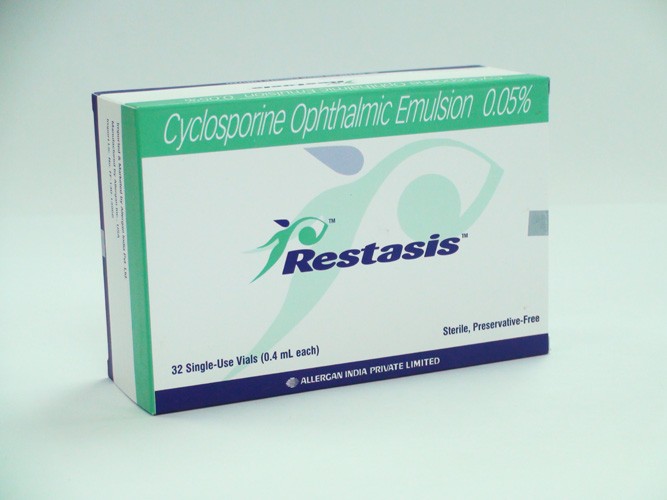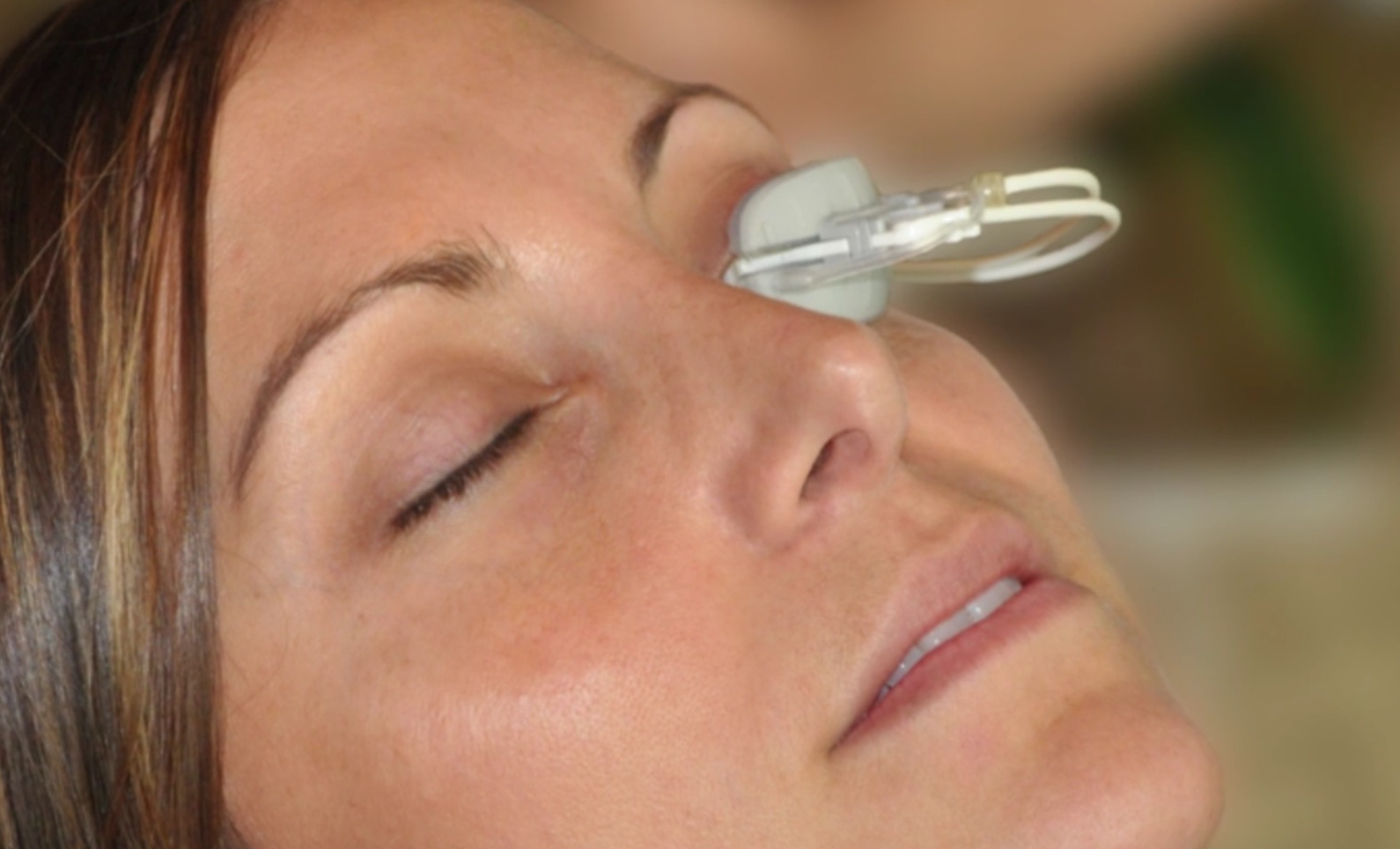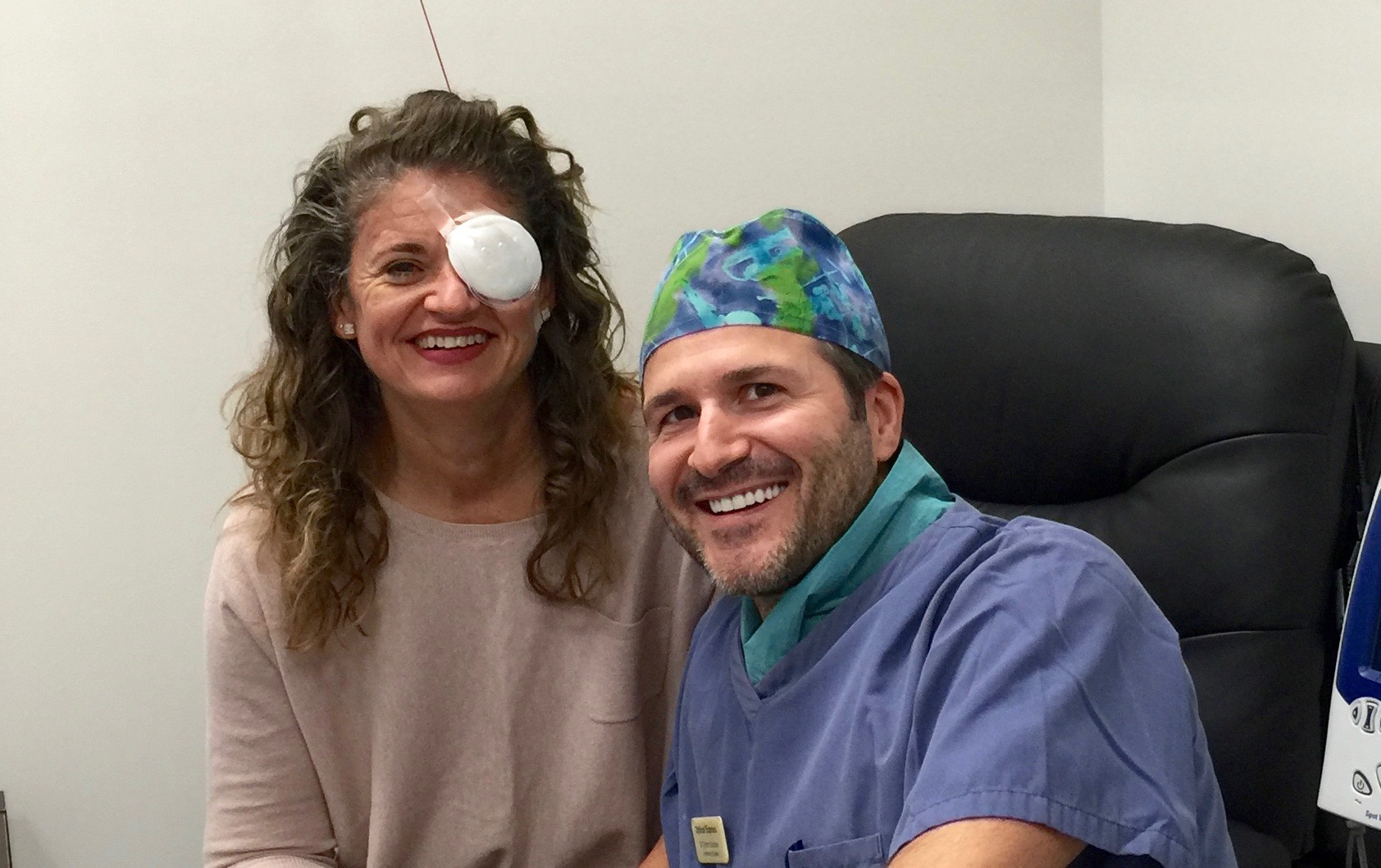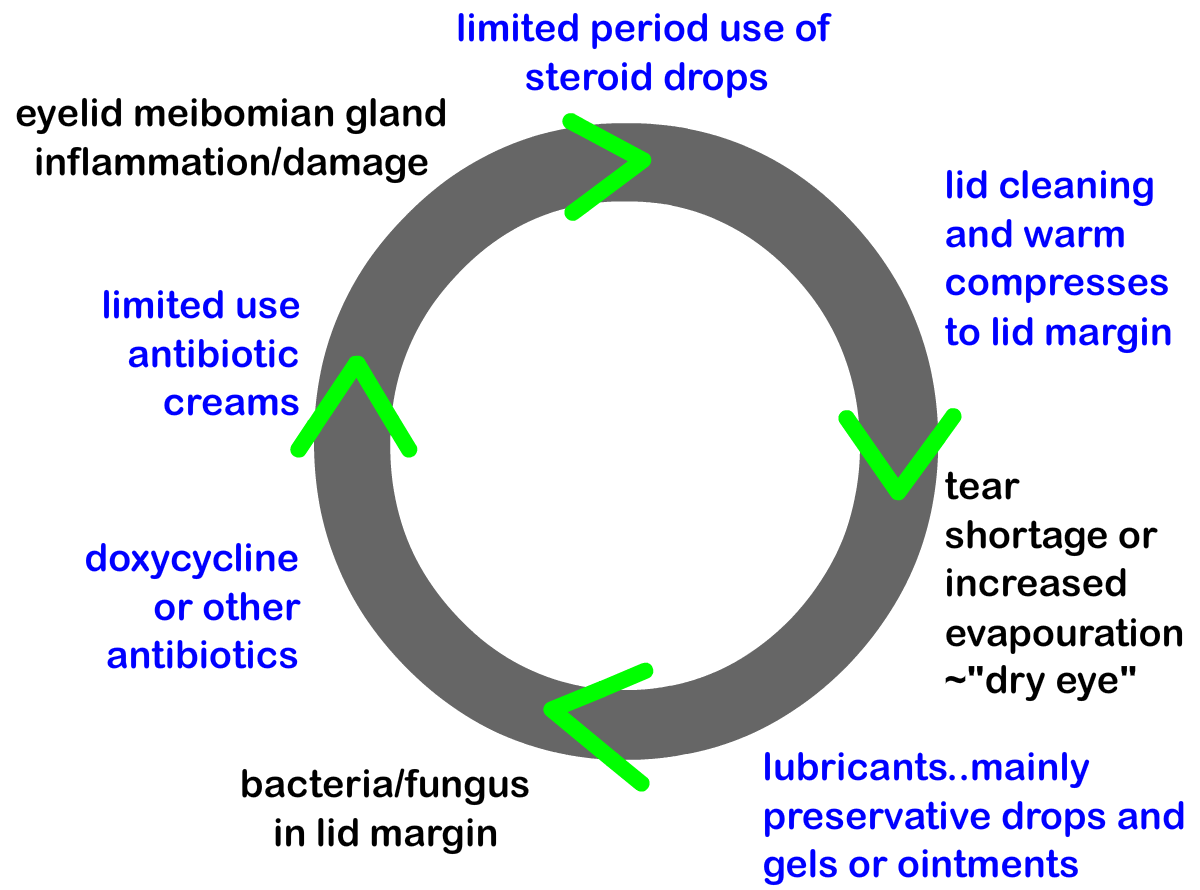Dry eyes and management
Dry eyes (syndrome or disease), is a common condition that occurs when the eyes do not make enough tears or their quality is altered and tears evaporate too quickly. This leads to the eyes drying out and becoming inflamed (red and swollen) and irritated. Dry eye syndrome is also known as keratoconjunctivitis sicca,
Symptoms of dry eye syndrome
The symptoms of dry eye syndrome usually affect both eyes and often include:
- feelings of dryness, grittiness or soreness that get worse throughout the day
- red eyes
- eyelids that stick together when you wake up
- temporarily blurred vision, which usually improves when you blink
- they may be associated with an underlying condition
What causes dry eye syndrome?
Dry eyes can occur when the complex tear production process is disrupted in some way. There are many different reasons why this can happen, although a single identifiable cause is not often found.
Common causes include:
- being in a dry environment (radiator heat, airconditions, computer screens) or windy climate
- wearing contact lenses
- certain underlying medical conditions, such as blepharitis (inflammation of the eyelids), diabetes, rheumatoid
- previous laser eye surgery (more common) or cataract/RLE surgery (less common)
- lid laxity (loose eyelids), giant fornix syndrome, ectroption, entropion
- side effects of certain medications
- hormonal changes, such as those during menopause (when a woman’s periods stop)
- being a woman (it is more common than in men).
Although the condition can affect people of any age, your chances of developing dry eye syndrome increase as you get older. It’s estimated that up to 50% of people over the age of 65 experiences problems with dry eyes.
Management of dry eye syndrome
There is no cure for dry eye syndrome and some people have recurring episodes for the rest of their lives, but there are treatments to help control the symptoms.
Relieve the symptoms with include eye drops to lubricate the eyes, medications to reduce any inflammation, and (if necessary) surgery to prevent tears from draining away easily (temporary or permanent punctal occlusion). Treating any underlying condition will usually help relieve the symptoms.
The exact treatment for dry eye syndrome depends on whether symptoms are caused by the decreased production of tears, tears that evaporate too quickly, or an underlying condition. The first thing to consider is whether there are any obvious factors that could be changed, such as altering any medication that is causing symptoms. You may also be able to help prevent dry eye syndrome or ease your symptoms by adjusting your environment, keeping your eyes clean and improving your diet. Eventually, you should be able to self-treat and modify your life style in such a way so that you can prevent the symptoms.
Lubricant treatments
Mild to moderate cases of dry eye syndrome can usually be treated using lubricant eye treatments that consist of a range of drops, gels and ointments. These lubricants are often called ‘artificial tears’ because they replace the missing water in the tear film. However, they do not contain the antibodies, vitamins and nutrients found in normal tears that are essential for eye health.
Some lubricants are available without a prescription over the counter from a pharmacy, whereas others are only available on prescription.There are many different types of eye drops and gels, and it is often worth trying a number of different ones to find one that suits you. However, it is important you discuss any changes you wish to make to your treatment with your doctor.
1. Preservative-free drops
Some eye drops contain preservatives to prevent harmful bacteria from growing inside the medicine bottle. If your symptoms mean you need to use these eye drops more than six times a day, it’s better to use preservative-free eye drops. This is particularly important if your ophthalmologist has told you that you have severe dry eye disease because preservatives used in large quantities or over a prolonged period of time (months or years) may damage the delicate cells on the surface of the eye or cause inflammation. If you wear soft contact lenses, you may also need to use a lubricant that is preservative-free, as preservatives attach to the contact lens and damage the eye. These types of eye drops may be more expensive.
2. ‘Oily’ tear eye drops
Eye drops that replenish the oily part of the tear film and reduce evaporation from the surface of the eye are also increasingly used. These preparations include synthetic guar gums or liposomal sprays. These are over-the-counter medications and they should be sprayed onto the edges of your eyelids when your eyes are closed. When you open your eyes, the solution spreads across the surface of the eye, creating a new oily film. Oily tear drops are particularly useful if you have blepharitis or evaporative dry eyes.
3. Eye ointments
Eye ointments can also be used to help lubricate your eyes and help keep them moist overnight because your tears can evaporate while you sleep if your eyes are not fully closed they can cause blurred vision and should not be used together with contact lenses.
Anti-inflammatory treatments
The underlying problem with long-term dry eye syndrome is inflammation in and around the eye. Therefore, one of the anti-inflammatory treatments mentioned below may also be recommended.
1. Corticosteroid eye drops and ointments
Corticosteroid are powerful anti-inflammatory medications that can be given as eye drops or ointments in severe cases of dry eye syndrome. They have side effects such as cataract formation and raising the pressure within the eye in about one in every three people thus requiring doctors monitoring
2. Oral tetracyclines
Low doses of medications called tetracyclines can be used as anti-inflammatory agents for a minimum of three to four months, sometimes much longer. The most common tetracycline used is doxycycline, but others such as oxytetracycline and lymecycline can be used.
3. Ciclosporin eye drops 
Ciclosporin is a medication that suppresses the activity of your immune system and is sometimes used in the treatment of dry eye syndrome. It is a new treatment option and not widely available. The market name is Restasis (there is more info in their website).
Restasis is made up of a substance called cyclosporine. Cyclosporine is created by a fungus called Tolypocladium Inflatum. This is a potent medication that is used to prevent organ rejection in transplant situations. It works on eyes because it suppresses T-cell production. T-cell production is important in immune reactions, so if T-cell growth is suppressed, inflammation may also be reduced. It also can keep eyes healthy by keeping epithelial cells alive. This is important because due to eye stress they often commit apoptosis (cellular suicide).
 Restasis was found to be effective in 15 percent of patients (versus five percent for patients who were treated with artificial tears). This finding came from four multicenter, randomized, controlled studies involving 1200 patients. These studies were reported by Allergan in a 2000 issue of Opthamology. Managed Care Journal (2000) reported another benefit of Restasis. This is a higher reported patient satisfaction than other treatments. It required fewer ophthalmologist visits and less ancillary drop usage.
Restasis was found to be effective in 15 percent of patients (versus five percent for patients who were treated with artificial tears). This finding came from four multicenter, randomized, controlled studies involving 1200 patients. These studies were reported by Allergan in a 2000 issue of Opthamology. Managed Care Journal (2000) reported another benefit of Restasis. This is a higher reported patient satisfaction than other treatments. It required fewer ophthalmologist visits and less ancillary drop usage.
Restasis can be effective, but it takes time. The maximum positive benefit can take up to six months to achieve and it will take a few weeks to begin to see improvement. Since this is a powerful medication, it should be used only if other treatments don’t work. If you are satisfied with your current regimen, there is no need to switch unless you are on steroid drops. Restasis may be effective for you, but it is just one of many options in the treatment of dry eyes. Work with your doctor to find the plan most effective in making your discomfort manageable
More info from Uk Medicines Information
4. Autologous serum eye drops
In very rare cases, where all other medications have not worked, autologous serum eye drops may be required. Special eye drops are made using components of your own blood. It is only available from the National Blood Service and requires the donation/use of one unit of blood. The blood cells are then removed and the remaining serum is put into eye drop bottles. Because of quality standards, this process can take several months before the treatment is finally available to use.
LipiFow
 LipiFlow® is the only treatment that addresses the root cause, not just the symptoms, of Evaporative Dry Eye by treating the blocked Meibomian glands. If left untreated, blocked Meibomian glands prevent the eyes from secreting enough oil lipids to maintaining quality tear consistency. When the delicate tear balance is disrupted by a lack of lipids, tears evaporate on the surface of the eye resulting in dry eye symptoms like burning, sensitivity to light, blurred vision and extreme discomfort in dry or windy conditions. Along with adversely affecting your quality of life and general eye health, evaporative dry eye disease can worsen over time, even with continued use of eye drops and other treatments.
LipiFlow® is the only treatment that addresses the root cause, not just the symptoms, of Evaporative Dry Eye by treating the blocked Meibomian glands. If left untreated, blocked Meibomian glands prevent the eyes from secreting enough oil lipids to maintaining quality tear consistency. When the delicate tear balance is disrupted by a lack of lipids, tears evaporate on the surface of the eye resulting in dry eye symptoms like burning, sensitivity to light, blurred vision and extreme discomfort in dry or windy conditions. Along with adversely affecting your quality of life and general eye health, evaporative dry eye disease can worsen over time, even with continued use of eye drops and other treatments.
LipiFlow® Thermal Pulsation reduces the need for artificial  tears and other prescription dry eye treatments by attending to the cause of evaporative dry eye symptoms, the meibomian glands themselves. Opening and clearing these blocked glands can allow them to resume natural production of lipids (oils) needed for a healthy tear film. Think of it as a “spa treatment” for your eyes. Gentle heat and light pressure create a warm massage that stimulates the meibomian glands’ natural lipid production and helps restore the balance disrupted by evaporative dry eye.
tears and other prescription dry eye treatments by attending to the cause of evaporative dry eye symptoms, the meibomian glands themselves. Opening and clearing these blocked glands can allow them to resume natural production of lipids (oils) needed for a healthy tear film. Think of it as a “spa treatment” for your eyes. Gentle heat and light pressure create a warm massage that stimulates the meibomian glands’ natural lipid production and helps restore the balance disrupted by evaporative dry eye.
LipiFlow is a 12-minute, treatment for both eyes that uses a specially designed activator to warm and massage the eyelid. Heat liquefies the contents of the meibomian glands and when couple with the pulsatile action, the treatment facilitates secretions from the glands.
Surgery
If your dry eyes are severe and fail to respond to other forms of treatment, surgery may be an option. Two types of surgery sometimes used to treat dry eye syndrome are described below.
Punctal occlusion
Punctal occlusion involves using small plugs called punctal plugs to seal your tear ducts. This means your tears will not drain into the tear ducts and your eyes should remain moist. Temporary plugs made of silicone are normally used first to determine whether the operation has a positive effect. If it does, more permanent plugs can replace the silicone ones. In more severe cases, the tear ducts are cauterised (sealed using heat). This permanently seals the drainage hole to increase the amount of tears on the surface.
Salivary gland autotransplantation
Salivary gland autotransplantation is an uncommon procedure that is usually only recommended after all other treatment options have been tried. This procedure involves removing some of the glands that produce saliva from your lower lip and placing them under the skin around your eyes. The saliva produced by the glands acts as a substitute for tears.


